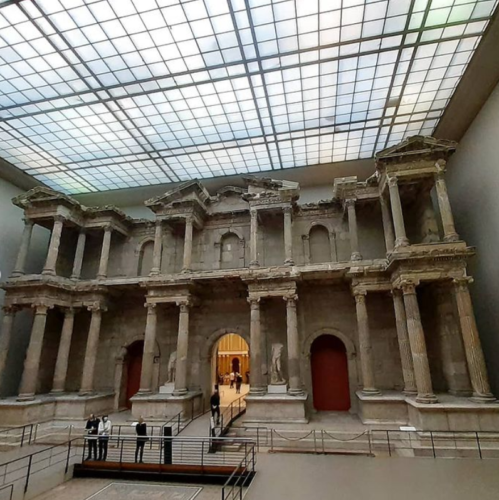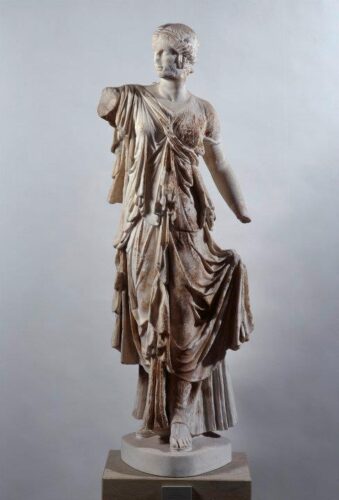Pergamonmuseum
The star of the Museum Island must be the place you visit after the cathedral. The Pergamonmuseum was constructed between 1910 and 1930. A smaller building initially stood on the same site for a few years before being torn down. It housed the important excavation finds unearthed by the Berlin museums, such as the frieze panels from the Pergamon Altar, reclaimed from the earth in digs that lasted from 1878 to 1886. Inadequate foundations, however, soon resulted in the building becoming structurally unstable and it had to be demolished.
The new, larger Pergamonmuseum was built as a three-wing complex. The museum now houses three of the Staatliche Museen zu Berlin’s collections: the Antikensammlung, Vorderasiatisches Museum, and the Museum für Islamische Kunst.
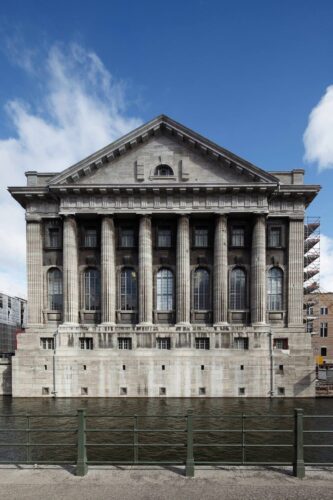
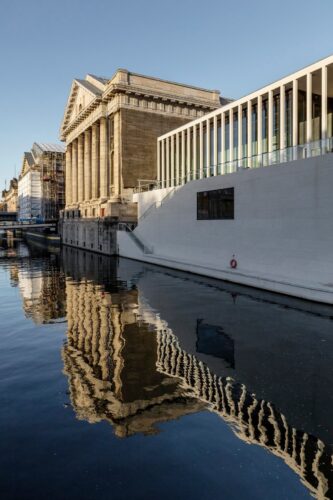

The impressive reconstructions of massive archaeological structures – the Pergamon Altar, Market Gate of Miletus, the Ishtar Gate and Processional Way from Babylon, and the Mshatta Facade – have made the Pergamonmuseum famous throughout the world, with the result that it is the most visited museum at the Staatliche Museen and in Germany as a whole.
Since 2013, the Pergamonmuseum has been undergoing staggered renovations as part of the Masterplan Museumsinsel. The renovations are based on plans by the architecture firm of O.M. Ungers. The hall that contains the Pergamon Altar will be closed until at least 2025.
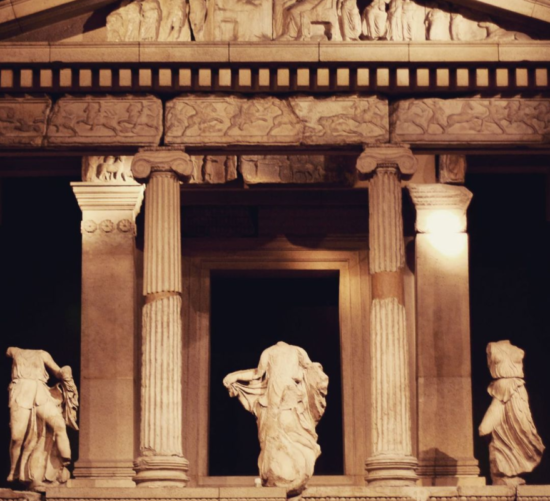
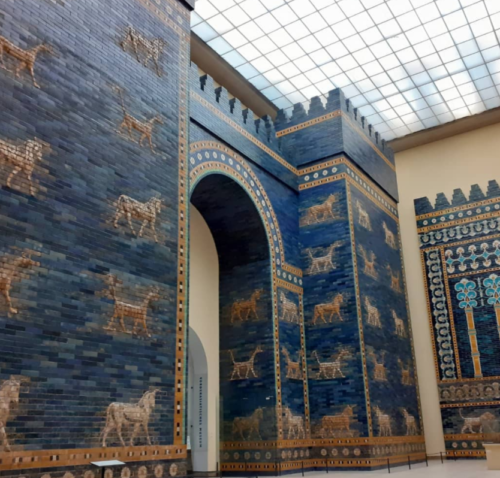
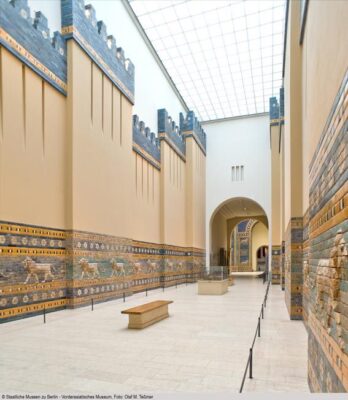
The north wing and the gallery of Hellenistic art will also be closed. The south wing of the Pergamonmuseum – which features the Ishtar Gate, the Processional Way, the Museum für Islamische Kunst, and the Market Gate of Miletus – will remain open to the public.
Beginning in November 2018, Museumsinsel visitors may also attend ‘Pergamonmuseum: The Panorama’, a temporary exhibition pavilion built by the Stiftung Preußischer Kulturbesitz. The building, which will offer an attractive alternative to the Pergamonmuseum during its renovation, will be located on the street Am Kupfergraben, which is directly across from Museumsinsel and next to the train line. More
